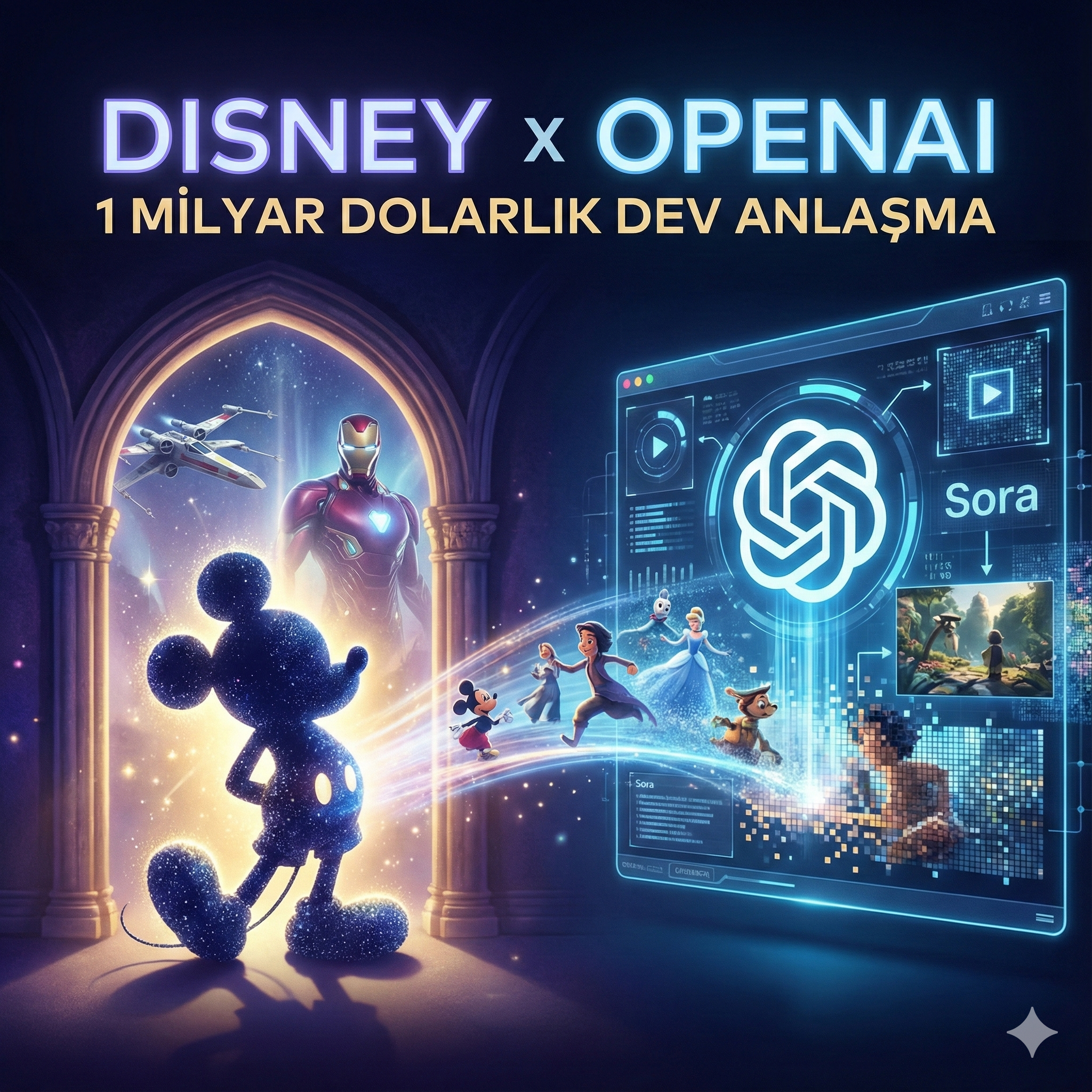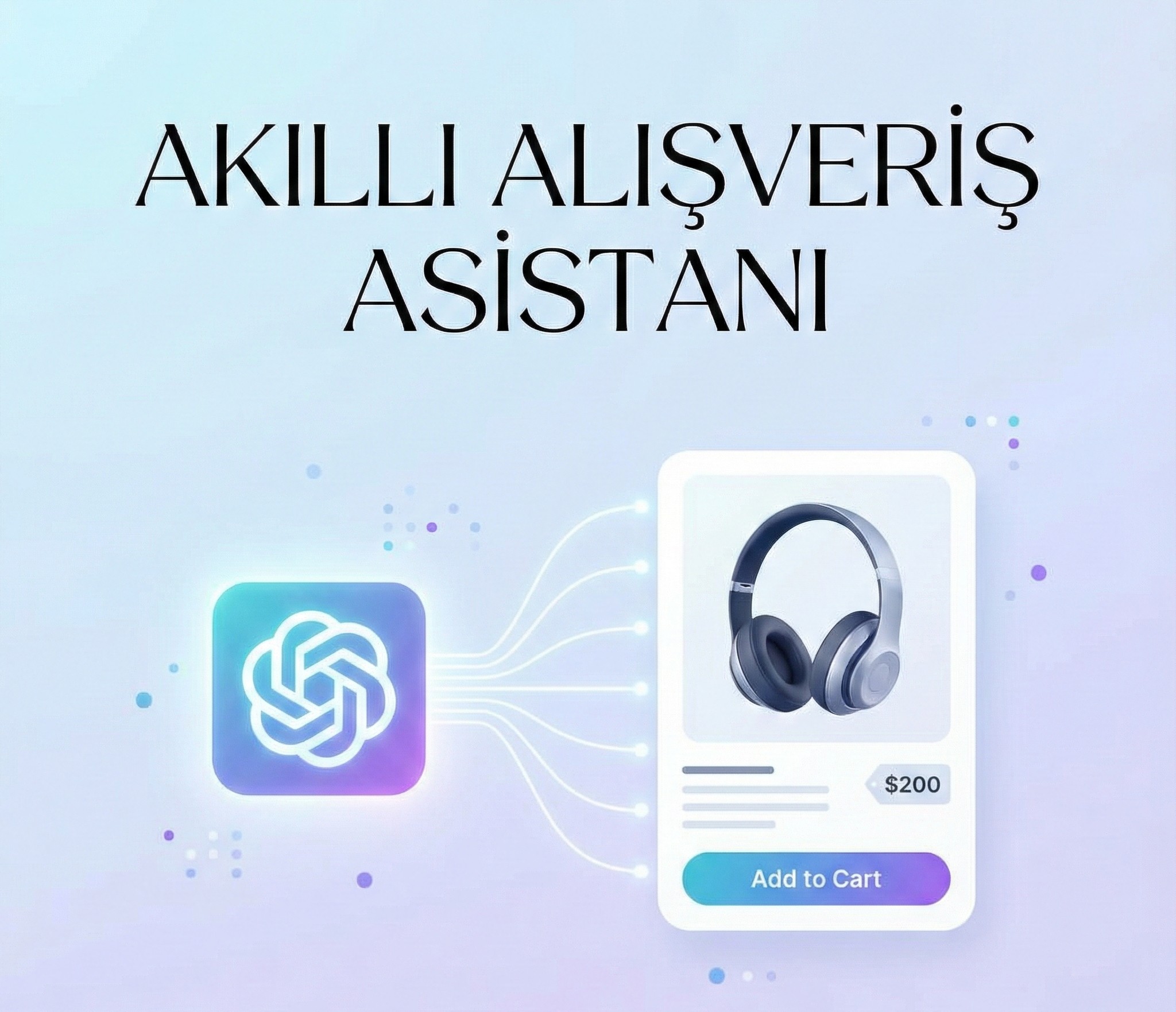Nowadays, AI models need to work not only with their training data but also with up-to-date real-world data. The Model Context Protocol (MCP) is an open-source standard developed to meet this need. Created by Anthropic, this protocol allows AI systems to communicate with external data sources and tools in a secure, standardized, and efficient manner.
What is MCP and Why is It Important?
MCP is a standardized communication protocol that facilitates interaction between large language models (LLMs) and real-world data. Its goal is to make the integration of AI models with different systems, databases, and applications easier. This allows developers to access all systems through a single protocol instead of writing separate connectors for each service.
Why Was MCP Created?
AI-based applications often need to connect to various data sources, from email services to file storage systems. Using different methods for each integration wastes time and increases maintenance costs. MCP eliminates this fragmented approach, enabling access to data and tools through a single standard.
How Does MCP Work?
MCP is built on a Host–Client–Server architecture:
- Host: The AI application using MCP (e.g., Claude Desktop).
- Client: Resides within the Host and connects to MCP servers.
- Server: Provides external data sources, tools, or commands as “tool,” “resource,” or “prompt.”
Communication is done via two main methods:
- stdio: Fast and reliable for local connections.
- Streamable HTTP: (HTTP POST + optional SSE) Standard transport for remote connections.
MCP messaging is handled through JSON-RPC, making it both readable and easy to process.
Benefits of MCP
- Security: Permission-based access to sensitive data.
- Interoperability: Smooth data and command transfer between different systems.
- Scalability: Integrations can be reused across multiple projects.
- Easy Integration: Reduces the need to write separate code for different services.
Problems MCP Aims to Solve
- Standard HTTP authentication for remote connections.
- High development and maintenance costs for integrations.
- Secure access for LLMs to up-to-date data and tools.
- Incompatibility of methods used for accessing different data sources.
Common Mistakes & Tips in MCP Usage
- Incorrect connection type: Using SSE instead of stdio locally can slow down performance.
- Non-standard tool definitions: Proper JSON schema configuration is critical for cross-system compatibility.
- Insufficient permission management: Not setting correct access levels for connected resources can create security risks.
- Tip: Start by testing example servers from MCP’s official documentation to reduce error risk.
Frequently Asked Questions About MCP
- Is MCP open-source? Yes, it is provided as open-source by Anthropic.
- Which transport methods does it support? MCP defines two standard transports: stdio and Streamable HTTP. Custom transports can be applied if needed.
- Is it only for AI models? It is primarily designed for LLM-based applications but can be used for other applications as well.
Towards Secure and Efficient Data Integration with MCP
The Model Context Protocol (MCP) bridges AI systems with real-world data sources, making life easier for developers and expanding the use cases of models. Its open-source nature allows for rapid adoption across different sectors.
Standardized communication, secure data sharing, and easy integration make MCP a critical component in AI-based projects. In the near future, more platforms supporting this protocol will make AI interactions with external systems much smoother and more powerful.





